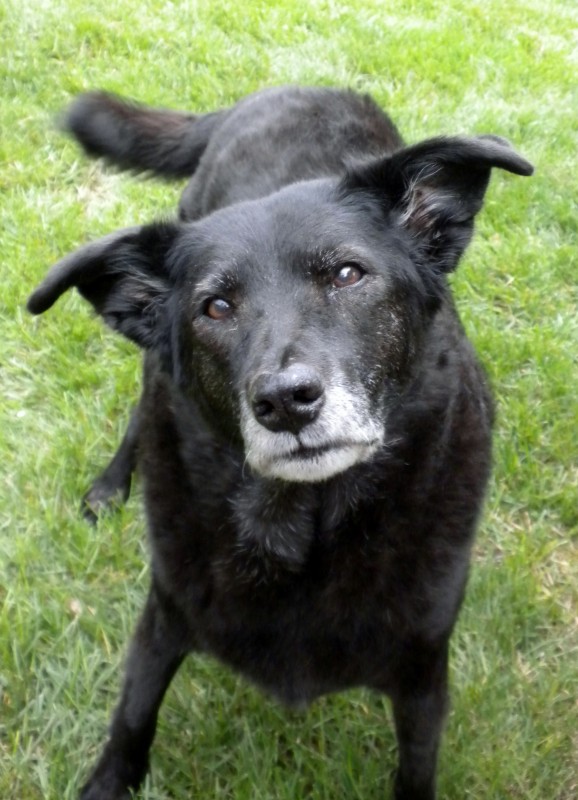Canine Osteoarthritis: Part II Identification & Treatment
By Lisa Blanchard BA, LVT, CMT, CCRP, FP-MT
Canine Osteoarthritis: Proper Identification and Effective Treatments
In our November blog, we discussed the importance of early diagnosis of Osteoarthritis (OA). We explained some of the clinical signs of OA that would be helpful in recognizing the disease as well as some of the treatment options available to manage the disease. In this installment, we look deeper into treatment options including the use of nutraceuticals, essential fatty acids, and Adequan.
A Multimodal Approach to Managing Osteoarthritis
The goals in OA management are to relieve pain, reduce inflammation, improve joint health, increase limb and core muscle strength, increase joint range of motion, improve quality of life and prevent future joint degeneration (5)(6).
Treating OA is best done by blending traditional and alternative therapies, thus creating a multimodal approach. When developing a plan for your pet the veterinarian selects therapies that work together to break the cycle of pain, joint stress, weight gain, reduced activity, and muscle atrophy to help restore your pet’s function and quality of life. The modalities of OA management work synergistically (like a rowing team) to ensure that the pet has less pain, better function, and improved quality of life. Continue…

